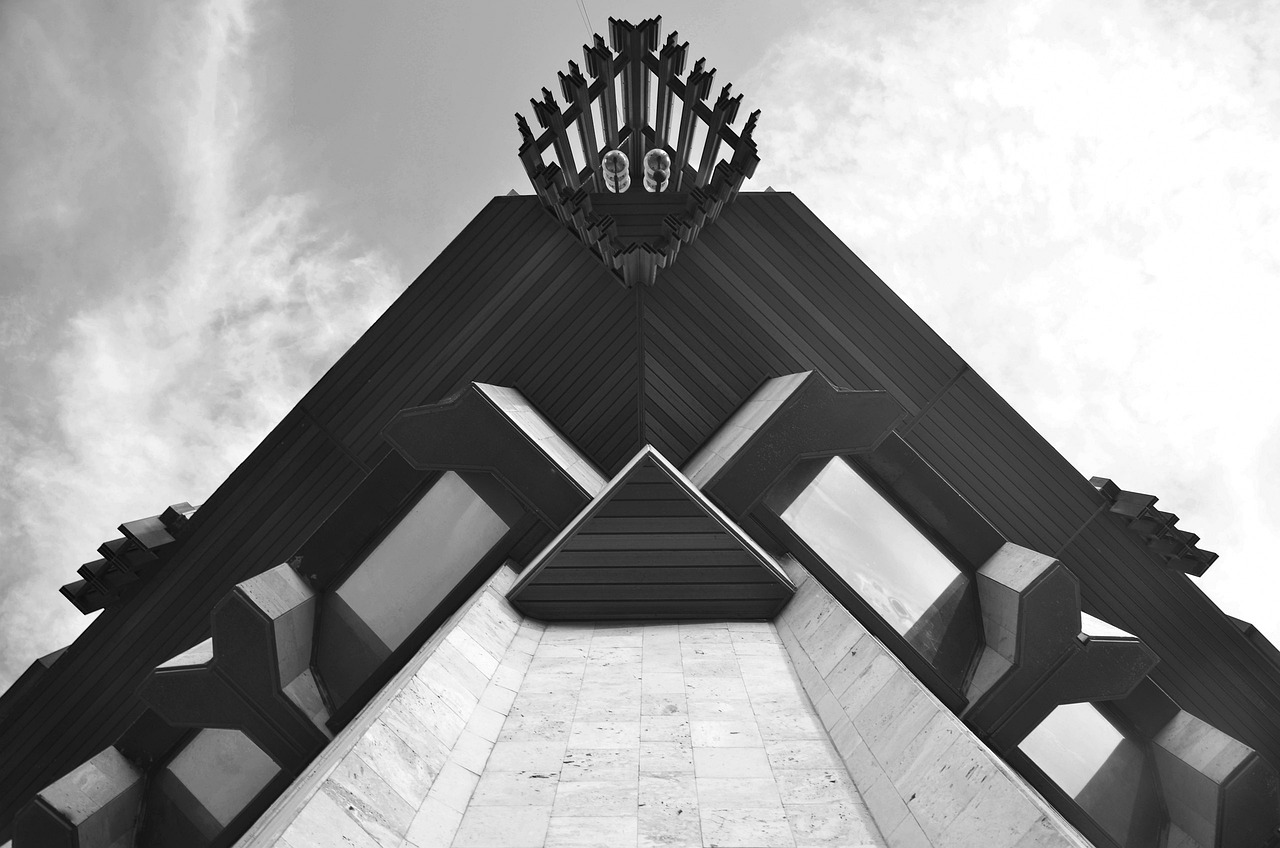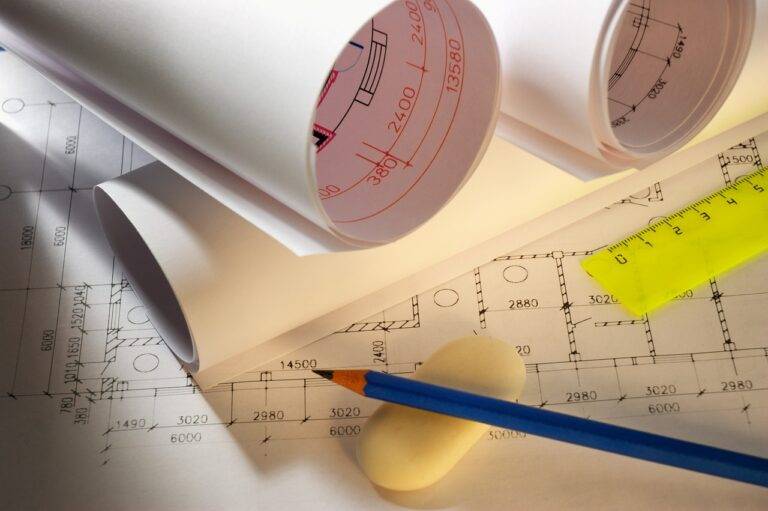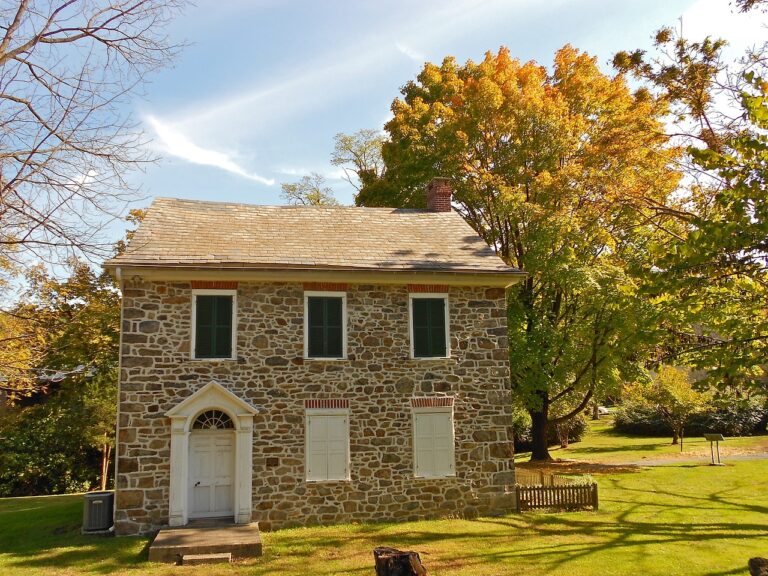The Influence of Geology on Historical Pool Locations
world777 login, 11xplay online, betbook247: The influence of geology on historical pool locations can often be overlooked when considering the factors that determine where pools are built. However, the geological characteristics of an area can play a significant role in determining the feasibility and location of a pool. In this article, we will explore how geology has influenced the selection of historical pool locations and how it continues to impact pool construction today.
Geology and Pool Locations
When it comes to selecting a location for a pool, geology plays a crucial role in determining the suitability of the site. The type of soil, bedrock, and groundwater conditions can all impact the construction and maintenance of a pool. For example, pools built on unstable soil or bedrock may be more prone to shifting and settling, leading to costly repairs and maintenance issues.
In addition, the presence of groundwater can also be a crucial factor in determining the location of a pool. In areas with a high water table, pools may be more prone to flooding or damage from groundwater seepage. Conversely, in areas with low groundwater levels, pools may require additional measures to ensure proper water supply and circulation.
Historical Pool Locations
Historically, pools were often located near natural bodies of water, such as rivers, lakes, or hot springs. These natural features provided a convenient water source for filling and refilling the pool and also offered a picturesque setting for swimmers to enjoy. However, the geological characteristics of these areas also played a role in determining the feasibility of constructing a pool.
For example, pools located near rivers or lakes had to contend with fluctuating water levels and potential contamination from runoff or sediment. Similarly, pools built near hot springs had to consider the geological activity of the area and potential risks of volcanic eruptions or earthquakes.
As urbanization and population growth have increased, the location of pools has shifted away from natural bodies of water towards more controlled environments, such as public parks or private residences. However, geology continues to play a role in determining the suitability of these locations for pool construction.
Geological Factors Impacting Pool Locations
There are several key geological factors that impact the selection of pool locations, including:
1. Soil type: The type of soil at a site can affect the stability of the pool foundation and the potential for erosion or settling over time.
2. Bedrock: The presence of bedrock can impact the excavation and construction of a pool, as well as the potential for groundwater seepage or contamination.
3. Water table: The level of the water table can impact the depth and design of a pool, as well as the potential for flooding or drainage issues.
4. Geological hazards: Natural geological hazards, such as landslides, sinkholes, or seismic activity, can pose risks to pool construction and maintenance.
5. Water quality: The geological characteristics of an area can impact the quality of the water supply for a pool, including potential for contamination or mineral content.
FAQs
Q: Can pools be built on any type of soil?
A: While pools can be built on a variety of soil types, certain soils may require additional stabilization measures to ensure the pool’s foundation remains stable.
Q: How does groundwater impact pool construction?
A: Groundwater can impact pool construction by influencing the depth and design of the pool, as well as the potential for flooding or drainage issues.
Q: Are there geological hazards to consider when building a pool?
A: Yes, natural geological hazards such as landslides, sinkholes, or seismic activity can pose risks to pool construction and maintenance.
Q: How can I determine if a potential pool location has suitable geology?
A: It is recommended to consult with a geotechnical engineer or geologist to assess the geological characteristics of a potential pool location before construction begins.
In conclusion, the influence of geology on historical pool locations is an important factor to consider when selecting a site for pool construction. By understanding the geological characteristics of an area, pool designers and builders can ensure the long-term stability and safety of a pool for years to come.







